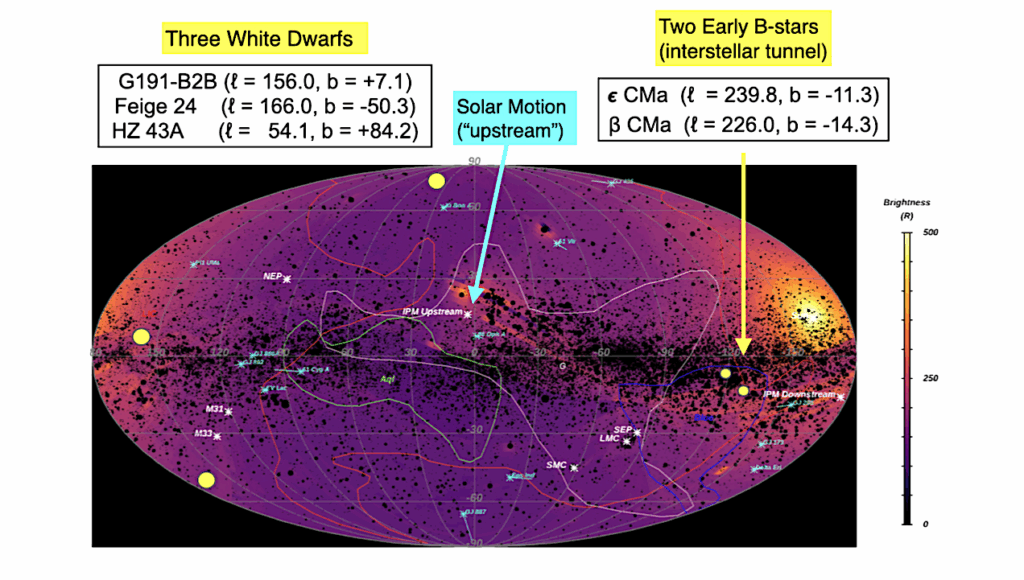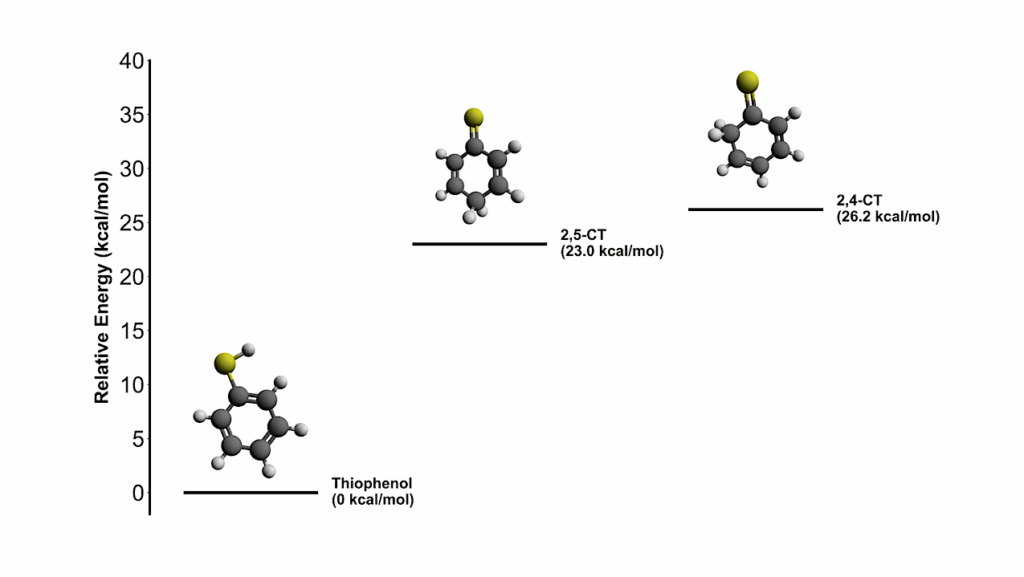Detectability Of Biosignatures On LHS 1140 b

Terrestrial extrasolar planets around low-mass stars are prime targets when searching for atmospheric biosignatures with current and near-future telescopes. The habitable-zone Super-Earth LHS 1140 b could hold a hydrogen-dominated atmosphere and is an excellent candidate for detecting atmospheric features.
In this study, we investigate how the instellation and planetary parameters influence the atmospheric climate, chemistry, and spectral appearance of LHS 1140 b. We study the detectability of selected molecules, in particular potential biosignatures, with the upcoming James Webb Space Telescope (JWST) and Extremely Large Telescope (ELT). In a first step we use the coupled climate-chemistry model, 1D-TERRA, to simulate a range of assumed atmospheric chemical compositions dominated by H2 and CO2.
Further, we vary the concentrations of CH4 by several orders of magnitude. In a second step we calculate transmission spectra of the simulated atmospheres and compare them to recent transit observations. Finally, we determine the observation time required to detect spectral bands with low resolution spectroscopy using JWST and the cross-correlation technique using ELT. In H2-dominated and CH4-rich atmospheres O2 has strong chemical sinks, leading to low concentrations of O2 and O3. The potential biosignatures NH3, PH3, CH3Cl and N2O are less sensitive to the concentration of H2, CO2 and CH4 in the atmosphere.
In the simulated H2-dominated atmosphere the detection of these gases might be feasible within 20 to 100 observation hours with ELT or JWST, when assuming weak extinction by hazes. If further observations of LHS 1140 b suggest a thin, clear, hydrogen-dominated atmosphere, the planet would be one of the best known targets to detect biosignature gases in the atmosphere of a habitable-zone rocky exoplanet with upcoming telescopes.
Fabian Wunderlich, Markus Scheucher, John Lee Grenfell, Franz Schreier, Clara Sousa-Silva, Mareike Godolt, Heike Rauer
Comments: 18 pages, 11 figures
Subjects: Earth and Planetary Astrophysics (astro-ph.EP); Chemical Physics (physics.chem-ph)
Cite as: arXiv:2012.11426 [astro-ph.EP] (or arXiv:2012.11426v1 [astro-ph.EP] for this version)
Submission history
From: Fabian Wunderlich
[v1] Mon, 21 Dec 2020 15:30:16 UTC (3,685 KB)
https://arxiv.org/abs/2012.11426
Astrobiology,








